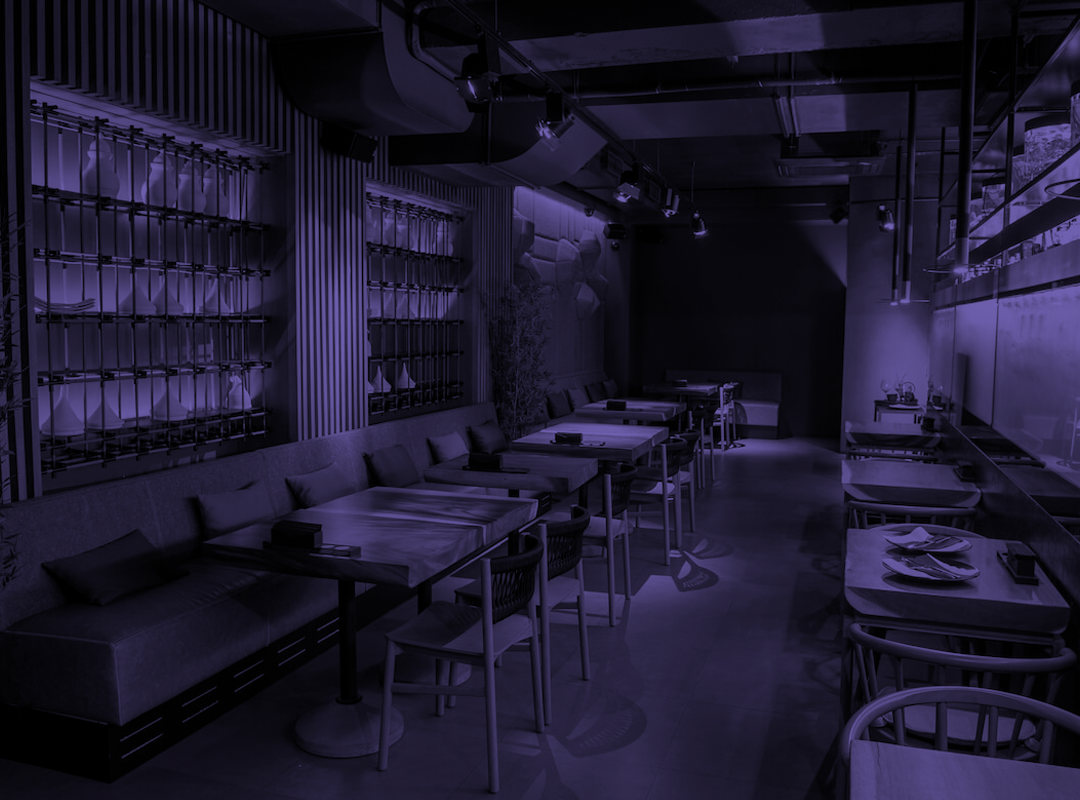Creating an attractive and functional workspace is essential for enhancing productivity and reinforcing a company’s image. However, office fit-outs can be a significant financial investment, and without careful planning, costs can quickly spiral out of control. By implementing strategic measures, businesses can optimize their budgets while still achieving a high-quality, efficient, and sustainable workspace.
Strategic Planning and Budget Management
Careful planning is the foundation of cost-effective office fit-outs. Before starting any project, businesses should assess their needs based on the type of work, corporate culture, and future growth projections. Prioritizing essential elements—such as ergonomic furniture, reliable technology, and efficient space utilization—ensures that funds are allocated wisely.
- Set a realistic budget early and stick to it, allowing flexibility for unexpected expenses.
- Conduct a value analysis to distinguish between “must-have” and “nice-to-have” features, ensuring funds are directed toward critical aspects.
- Plan for scalability to avoid costly redesigns as the business evolves.
- Involve stakeholders from the beginning to align expectations and prevent expensive mid-project changes.
Monitoring expenses throughout the project helps identify potential overruns early, allowing for timely adjustments. Additionally, a contingency fund (typically 10-15% of the budget) should be set aside to handle unforeseen costs without derailing the project.
Smart Design and Material Choices
Choosing the right design and materials can significantly impact costs without sacrificing aesthetics or durability.
- Opt for an open-plan layout to reduce partition and construction costs while fostering collaboration.
- Reuse and refurbish existing furniture and fixtures instead of purchasing everything new. This approach is both cost-effective and environmentally friendly.
- Select durable, mid-range materials rather than premium options. High-quality yet affordable finishes can provide longevity without excessive spending.
- Incorporate energy-efficient solutions, such as LED lighting and smart thermostats, to lower long-term operational costs.
- Maximize natural light to reduce reliance on artificial lighting, improving employee well-being while cutting energy expenses.
Working with a versatile interior designer or space planner can streamline the process, helping businesses make informed decisions that balance cost and functionality. Additionally, consolidating services under a single contractor can lead to bulk discounts and simplified project management.
Efficient Procurement and Contractor Collaboration
Negotiating with suppliers and hiring the right professionals can lead to substantial savings.
- Obtain multiple quotes from contractors and suppliers to ensure competitive pricing.
- Negotiate favorable payment terms or bulk purchase discounts to reduce material costs.
- Hire experienced professionals to avoid costly mistakes and delays. A skilled contractor can optimize workflows, preventing budget overruns.
- Implement sustainable procurement practices, such as sourcing recycled or locally produced materials, to cut costs and support eco-friendly initiatives.
Effective project management is crucial in keeping the fit-out on schedule and within budget. Clear communication with contractors ensures that work meets specifications without unnecessary revisions. Setting realistic deadlines avoids rush fees and last-minute expenses.
Reducing office fit-out costs requires a combination of strategic planning, smart design choices, and efficient procurement. By focusing on essential needs, reusing existing assets, and investing in durable yet cost-effective materials, businesses can create a functional and appealing workspace without overspending. Sustainability and energy efficiency further contribute to long-term savings, making the office fit-out a smart investment rather than a financial burden. Collaborating with experienced professionals, negotiating with suppliers, and maintaining strict budget oversight ensures a smooth and cost-effective office transformation.
With careful execution, companies can achieve a high-quality workspace that supports productivity, employee satisfaction, and business growth—all while keeping expenses under control.


